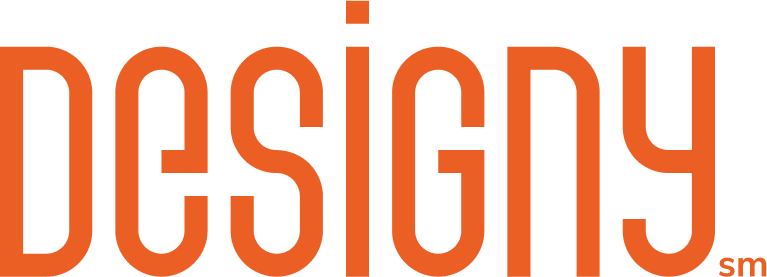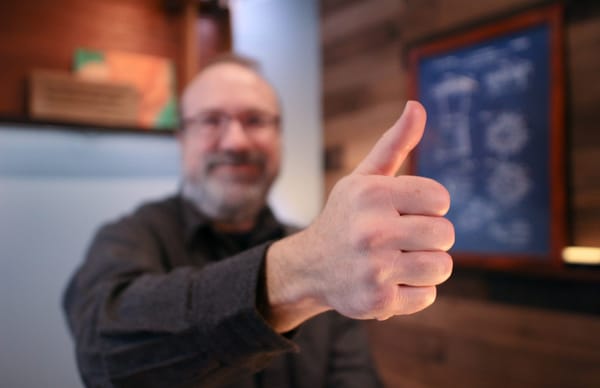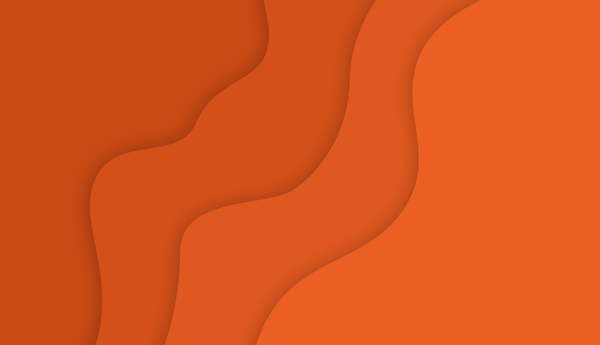“UX is Dead; Long Live UX” Why We Struggle to Define Product Design
Trying to explain what the product team does is like trying to carry a handful of eggs.

Years ago when I was out of college and starting my career, my grandmother would ask, “ What is it you do?” In the brief moment between her question and my answer, I filtered through an entire logic tree trying to distill what UX Design was in a way which was relatable in her world.
“I work with computers.”
It was the deepest I could go before her eyes would glaze over in bewilderment. Plus, she got to walk away telling people her grandson was a big-shot, working on those computers and all that.
So, I saw the recent announcement from Duolingo, saying that they've changed the name of their User Experience function to Product Experience.
Today at Duolingo we renamed the “UX” function to “Product Experience” because Duolingo is a product-led company...We gave the umbrella name “UX” a shot. It never stuck. It didn't feel like us. It felt...antiquated.
—LinkedIn Post
I chuckled when I read that.
Sure, the label UX could probably use a refresh, but it’s been an ongoing discussion for decades—what does it mean to be a Designer in software, let alone on a product team?
Is it User Experience? Is it User Interface? Is it Customer Experience? Service Design? Product Owner? Researcher?
I would sweat over writing up my title, too. I don’t want to limit myself to only visual design, but I also work deeply across all the roles, and then there’s SEO keywords to contend with. Type, delete. Type, delete.
Duolingo said they settled on Product Experience because the product matters the most.
Take a step back and consider the situation
A label doesn’t change the substance of the work we do, but only what we package it under. No matter the label, it’s likely trying to convey more meaning than it’s able.
When you consider the critical niche roles for any software product, there is an irreducible minimum: there's always an interface (visual, aural, tactile), a process (workflow, information architecture), content (data, messages), a strategy (business outcomes, releasing which features when), and engineering (code, systems, scalability). Of course, if you don’t know or listen to your users (user research, user testing), you don’t have a product either.
These niches naturally align with skills and aptitudes of people. A single person ay have the aptitude to perform every one of these skills and release a product, but that’s not scalable. AI is making this more possible, but that’s a different article.
In the beginning, User Experience Design had its origin in the interface and process aspects of a product. It was a natural niche for me. When it was more straightforward, I coded some front-end UI. I also did user research, but neither of these was my bread-and-butter. I was a designer.
In one of my early-career interactions on a product team, we were talking about app performance. One of the engineers brought up an issue—the load time of a certain screen was too slow, and it affected the user experience.
At the time I thought, “How am I going to figure that out? Loading the page isn’t something I design. That's not my job.”
The closest I came to addressing it was considering if I could compress images so they would load faster. Yeah, there's definitely more to it than that.
The entire interaction the user has with every niche of the product is their experience. The broader interaction a person has with the company is also part of their experience. We can keep zooming out and identify more macro parts of what a user experiences.
In reality, Product Experience is the whole company.
So, what do Designers do?
It's always been a struggle to declare, “This is design.” Part of identifying design for your particular team rests in the aptitude and experience of the individuals. There are plenty of designers who tend toward the visual and branding and don't think a whole lot about the user’s workflow. These are very talented designers, but on their own their output does not constitute a product.
Then there was the time first heard someone say, “I only do UX.” I thought, “How is that possible when the interface design choices affect the experience, too?” To me then, UX meant the whole interface and flow.
There are many of these niche roles under the umbrella of UX. For example mentioned, above, user research is an entire discipline—it’s not a one-and-done activity. Conducting user research throughout the life cycle of the product is an incredibly valuable input.
And so the idea of the UX Unicorn was born. One person who could not only conduct user research, but also design the UI, outline the UX, and by the way, they could write JavaScript and front-end components as well.
Unicorn, indeed.
In the effort to save resources, finding a unicorn would be the answer to all the problems—supposedly. However, scaling a design team is best when there are people who specialize in niches but work closely along the spectrum. Sure, individuals’ aptitudes spill over to other niches, and they may even grow into a different niche over time. It’s not only normal, it should be encouraged.
The one-size-fits-all term of __X will never represent a single niche nor a whole department, and that's perfectly fine. It doesn’t have to if the niches are balanced across multiple people and managed well.
I don’t care what you call me, just don't call me late to dinner
Each design niche within a product should be distinct from each other. That in itself is an indication of a balanced team. Determining if these niches are held by separate people or a single person is a function of the scope of the product, the speed of releases, the funding of the team, so on and so forth.
As a designer, you should be able to tap into the product strategy, user research, UI, UX, and engineering niche roles. This doesn't mean you own the delivery of them. However, if you see how your design fits into the choices those other team members are making, you will make more informed design choices yourself.
The user interface design decisions—what the user sees on the screen or hears in the air—are strategic. It’s where all the processes and engineering meet the user.
The designer has to make discerning tradeoffs about what to include in the interface and what to exclude and validate with users. They have to have a stylistic eye in order to know how to make things prominent and diminish things when they're not important.
It's a critical role which can't be done in a vacuum. Yet that level of skill gets steamrolled in these discussions.
There are many of you out there that think this way, and can be the glue of the product team.
So Duolingo changed from User Experience to Product Experience.
That's great, but does it focus the team on what matters most?
Your team name doesn’t need to be clear, but your purpose does.
Purpose is more than a vision statement or a guiding principle. It’s a declaration of business outcomes and directions that shape the nature of every design decision every team member makes.
And purpose continually adjusts as the team learns. Designs that one served a very specific purpose can be suddenly weakened when there is a shift.
If the team is not clear on the purpose of your product, then the name doesn't really matter.
Wait, restated:
The product team must continually look at their purpose for designing, both across each role, and down each feature. Otherwise it’s easy to stray from business outcomes, user needs, and every design decision.
Once you are driven by a clear purpose, design decisions become focused across all niche roles.
So while the naming churn continues, keep this main thing in your mind:
How might I become a stronger designer so what I'm doing at the screen level is plugged into every other role in the product team to achieving the product’s purpose?
Want more?
On the one hand, forget the label and do the great work you were made to do.
There are a lot of challenges as a designer in a business world, but I’ve been through it and can be your guide. There is a design niche for you to flourish if you fan the flames of God-given talent you may have yet to discover.
Subscribe to Designy and stay connected with what I’m talking about.
Check out this article on the importance of purpose driving design: Know Purpose, Know Design
If you’re looking to become a better designer through realtime 1-on-1, UX Product Design coaching, I’ve got you covered there, too.




